Adriacom I Business Services & Immigration
Montenegro Awaits - Let's Make it Yours.
Table of Contents
ToggleFort Gorazda
As one of the main naval bases of the Austro-Hungarian Empire, Kotor (back then known as Cattaro) was of utmost strategic importance to the KuK Kriegsmarine. To defend this southern edge of its vast empire, the Dual Monarchy erected the Boka Belt, an innovative system of fortifications and defense lines.
Fort Gorazda, which sits at an altitude of 452 meters and overlooks the inner Bay of Kotor to one side and Tivat Bay to the other, played a crucial role in protecting the port of Tivat and the Kotor Serpentine Road, which used to be the only connection between occupied Kotor and Cetinje, the former Royal Capital of Montenegro.

Bay of Kotor
Discover the stunning Bay of Kotor, a 105-kilometer-long inlet connecting some of Montenegro’s most charming coastal towns and villages.

Kotor Serpentine
The Kotor Serpentine Road is an incredible feat of engineering. It features as many as twenty-five hairpin bends within a distance of 25 kilometers.
Historical Background
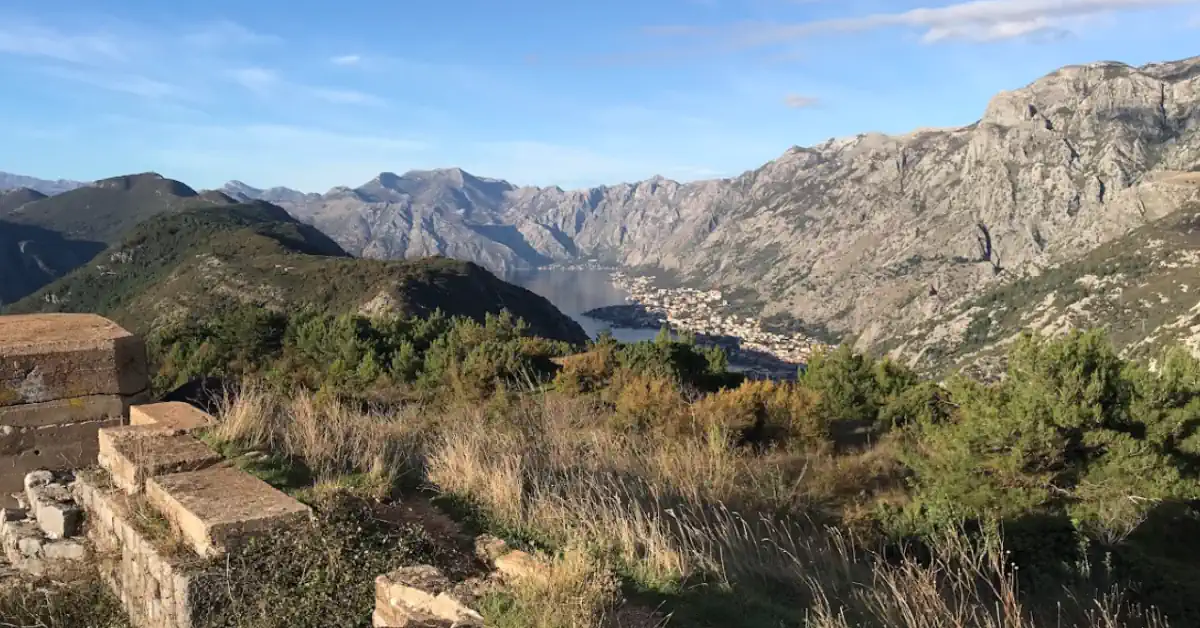
Fort Gorazda was built between 1884 and 1886, at a time when large swaths of Montenegro, including the hinterlands around Kotor, had gained independence from the Ottoman Empire, while others were controlled by the House of Habsburg. Its excellent geographic position made it difficult to take which became evident when the Montenegrins vainly attempted to capture it during World War I.
Fort Gorazda was integrated into an already existing Austro-Hungarian fortification network along the Adriatic coast that stretched from Slovenia to southern Montenegro and included dozens of other fortresses and batteries such as Fort Vrmac and Fort Skaljari in Kotor. In the period from 1814 until 1918, eighty-three structures were built in Montenegro, many of which now lay abandoned.
To understand Fort Gorazda’s strategic importance, climb up to the top of the armored metal dome for almost 360° views of its surroundings, which include Tivat, the Lustica Peninsula, and Herceg Novi in the distance. Located within a short driving distance of town, it certainly offers one of the best views of Kotor, not even requiring an arduous hike or climb.

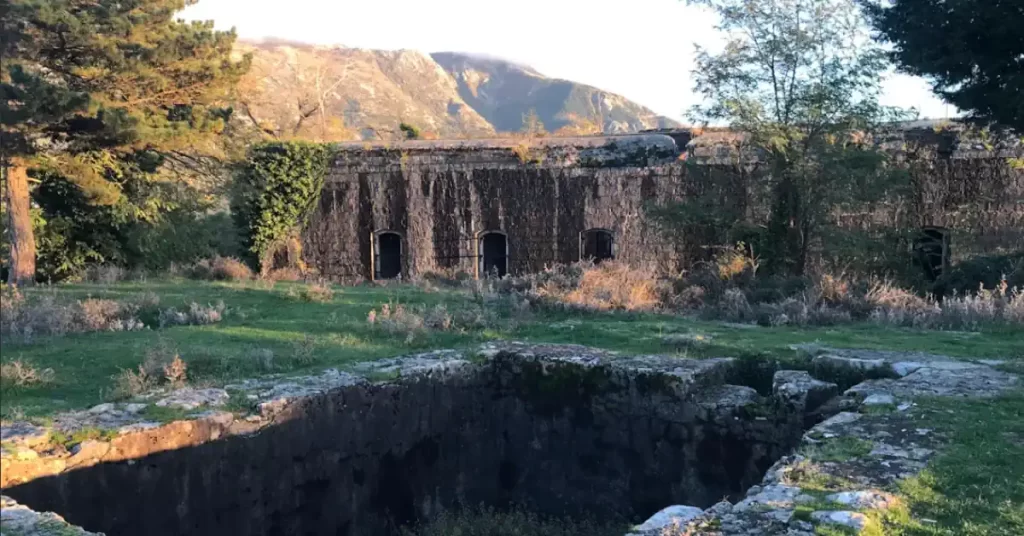
Fort Vrmac
One in a series of Austro-Hungarian fortresses, Fort Vrmac sits atop a ridge between Kotor and Tivat, safeguarding the entrance to the bay.

Lustica Peninsula
Find out more about the Lustica Peninsula, a peaceful part of Montenegro that is dotted with authentic stone villages and refined coastal resorts.

Best Views of Kotor
The best views of Kotor can be enjoyed from ancient fortresses, panoramic outdoor terraces, and scenic hiking trails. Read on to find out more.
The Fort’s Capabilities
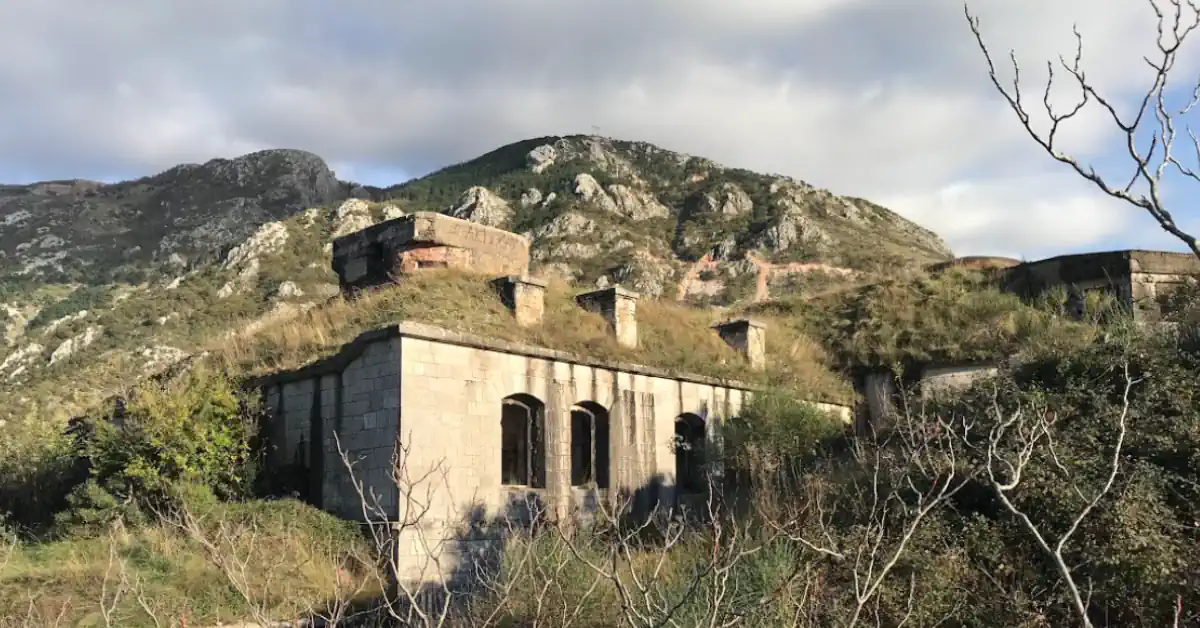
When Fort Gorazda was built, it was considered one of the region’s most contemporary military constructions, made almost entirely of heavily reinforced concrete and thick stones. It is surrounded by a broad moat, boasting a scarp, counterscarp, and caponier, providing it with additional layers of defense.
With the advance of modern artillery technology in the mid-19th century, forts were in general erected with a lower build height, to minimize the potential impact of enemy shelling. Ditch defense was also becoming absolutely crucial, with caponiers put in place to fire at soldiers attempting to storm the fort walls.
The relatively well-preserved Thurmfort or Werk Gorazda, as it was called by the Austro-Hungarians, previously had a drawbridge through which soldiers could enter and exit the building. The casemates and bombproof army barracks, built to accommodate 195 men and 8 officers, are arranged in a C-shaped plan around the main entrance and the drawbridge.
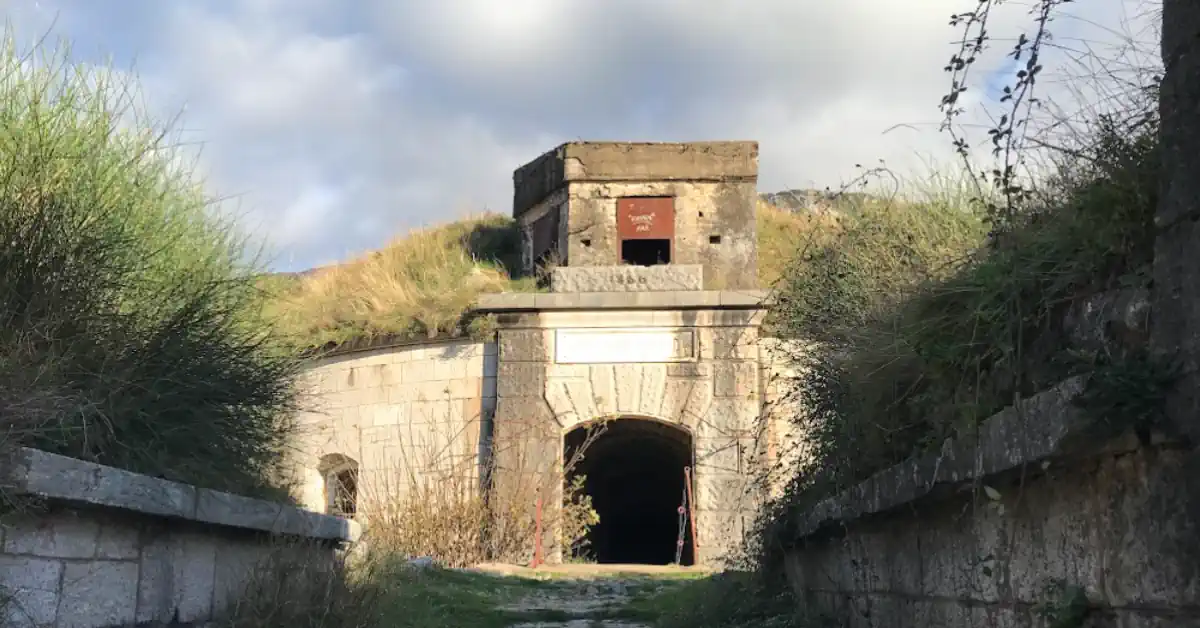
The servicemen slept on the ground floor while guns were fired from casemates located on the upper floor. Fort Gorazda was among the first to receive a massive 100-ton rotating Gruson turret on which two 12-cm Model 80 howitzers were installed. The turret is the last surviving example of its kind.
There are two additional but smaller rotating turrets made by Czech automobile manufacturer Skoda placed on the outer edges of the casemates. Together with the machine gun nests that were equipped with Schwarzlose M7 machine guns, the turrets were used to improve close-combat cover.

Kotor
Discover Montenegro’s most magical city – Kotor. Walk around its ancient cobblestone streets and soak up the Mediterranean atmosphere.
The Fort Today
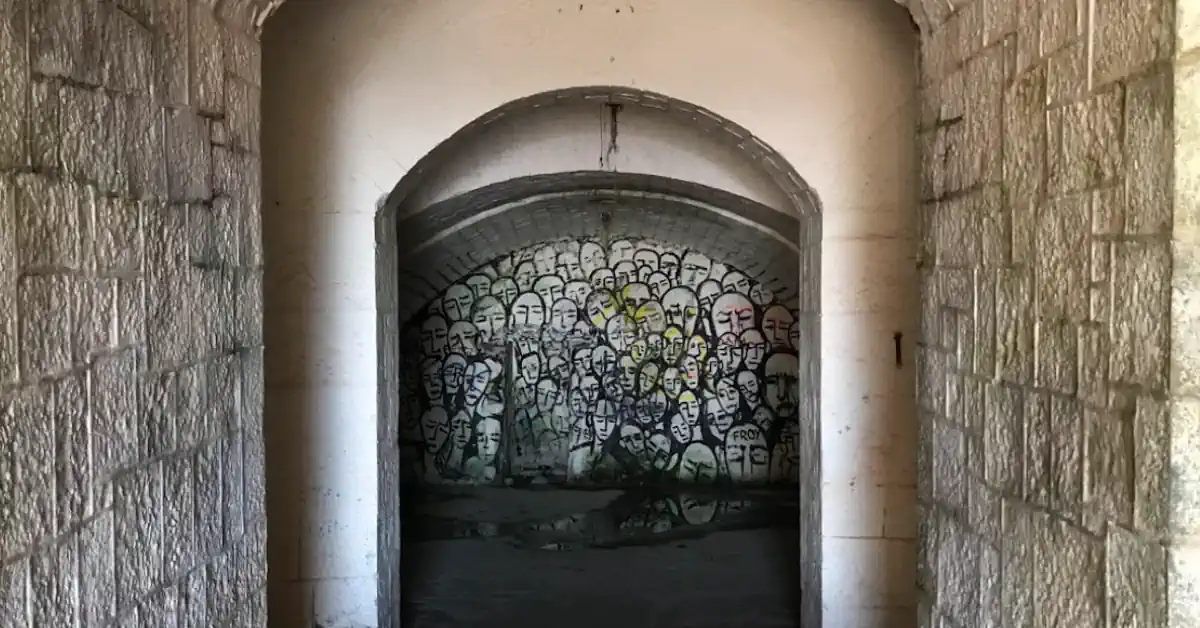
The abandoned fort has been left to slowly decay and is now completely overgrown with wild plants as nature creeps in to reclaim Fort Gorazda for itself. Today, not only hobby military historians find this fortress compelling since it was also discovered by urban explorers who are intrigued by its beauty and history.
Last but not least, it is not surprising that Gorazda is also one of the best spots in the area around Kotor for watching the sunset and taking panoramic bay pictures. It is easily accessible, being just 10 kilometers away from Kotor’s Old Town – it just needs a few hairpins to get there. There is ample parking at the top. Admission is free.

Things to do in Kotor
Here is a list of things to do in Kotor. Find out which are the most significant places, activities, and venues of this beautiful medieval city.